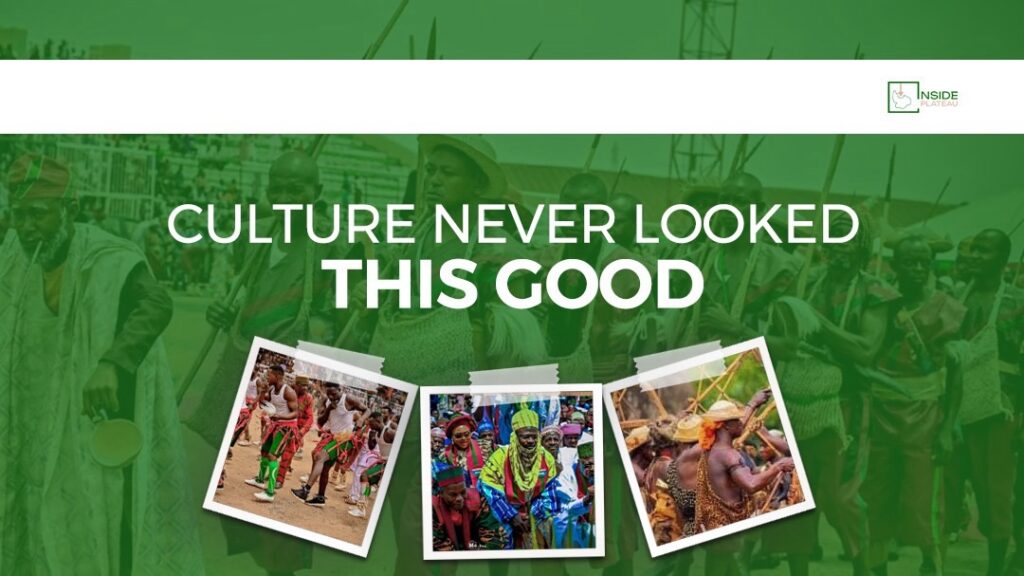A Kaleidoscope of Style
What meets the eye is a kaleidoscope of colors: scarlet reds, forest greens, deep blues, bold yellows, and the timeless contrast of black and white. Fabrics move like living canvases, stitched into shapes both daring and familiar. Beads glimmer softly, headpieces catch the light, every detail carrying the weight of memory while speaking in the language of now. In these looks, heritage doesn’t sit in glass cases or dusty shrines; it walks beside us, refreshed and reimagined. And you can’t help but ask: is this fashion, or is this culture? Or could it be both.
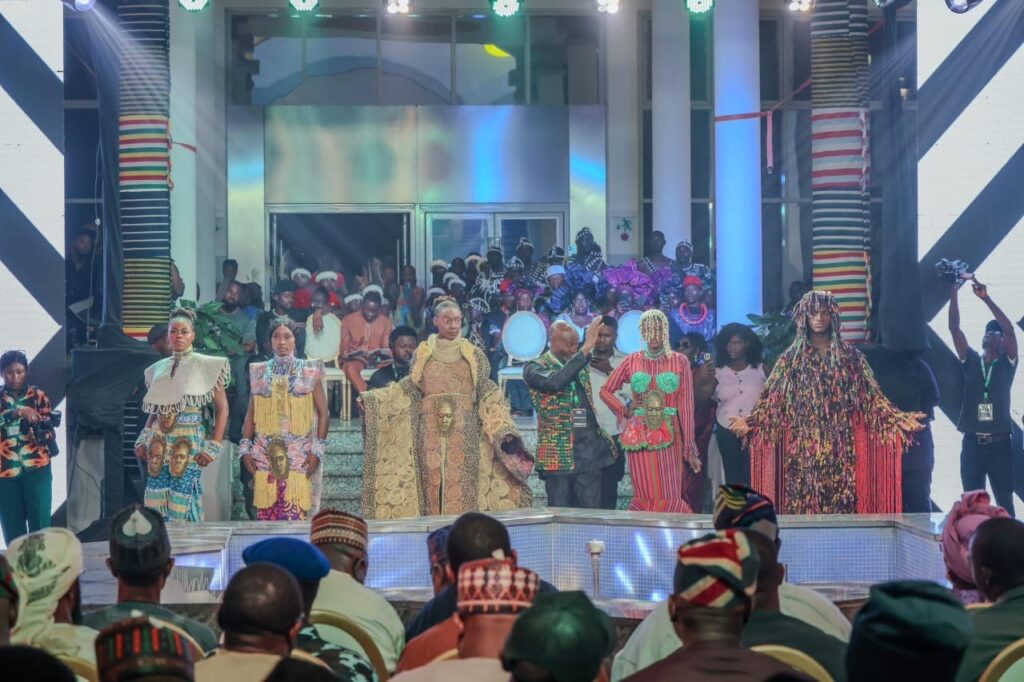
Where Fashion is Culture
If you know anything about Plateau State, you know that fashion here is more than clothing. It is lifestyle, and lifestyle is culture. The land itself seems to wear a wardrobe of its own: rolling hills draped in green, skies washed in brilliant blue, and stones that gleam like nature’s jewels. In the same way, the people clothe themselves with meaning. Their outfits are not just for show; they are statements of identity, pride, and continuity. To dress well on the Plateau is to carry history on your shoulders while stepping boldly into the present.
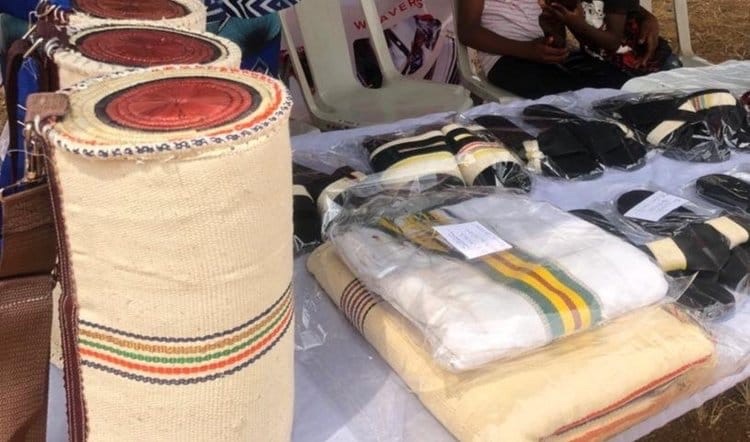
The Guodo: A Woven Relic, Reimagined
Beyond beads, patterns, and color codes, one fabric embodies Plateau’s evolving identity: the Guodo. This handwoven cloth, once born out of necessity, has become the canvas of heritage and now stands as art. The Guodo is not a static heirloom. It reinvents itself with every loom, each thread and dye a reminder of heritage reshaped for today.
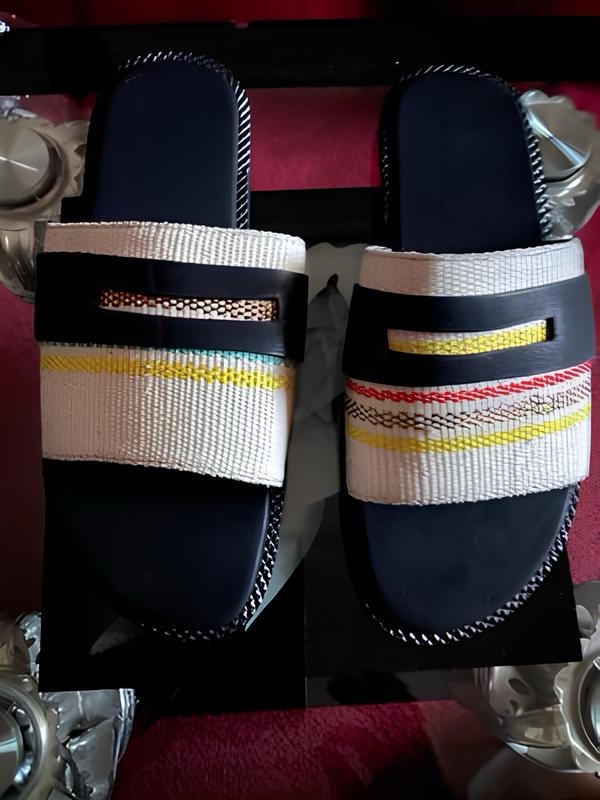
What began as wrappers and shawls for ancestral gatherings now finds new life as gowns, jackets, and skirts. Each ethnic group bends it to its chosen colors, yet the fabric itself remains the same, uniting diversity in texture. Much like the weaving process, where different threads intertwine to form one cloth, Plateau’s many cultures are bound together in patterns both ancient and new.

From Loom to Runway
In April 2025, the Plateau State Government lifted this humble yet regal fabric from loom to runway in Abuja at the “Experience Plateau: Loom to Runway” showcase. The night was not about nostalgia but renewal. Guodo appeared in flowing gowns, tailored jackets, daring skirts, and sleek trousers, each a marriage of ancestral color codes with modern silhouettes fit for any international stage.
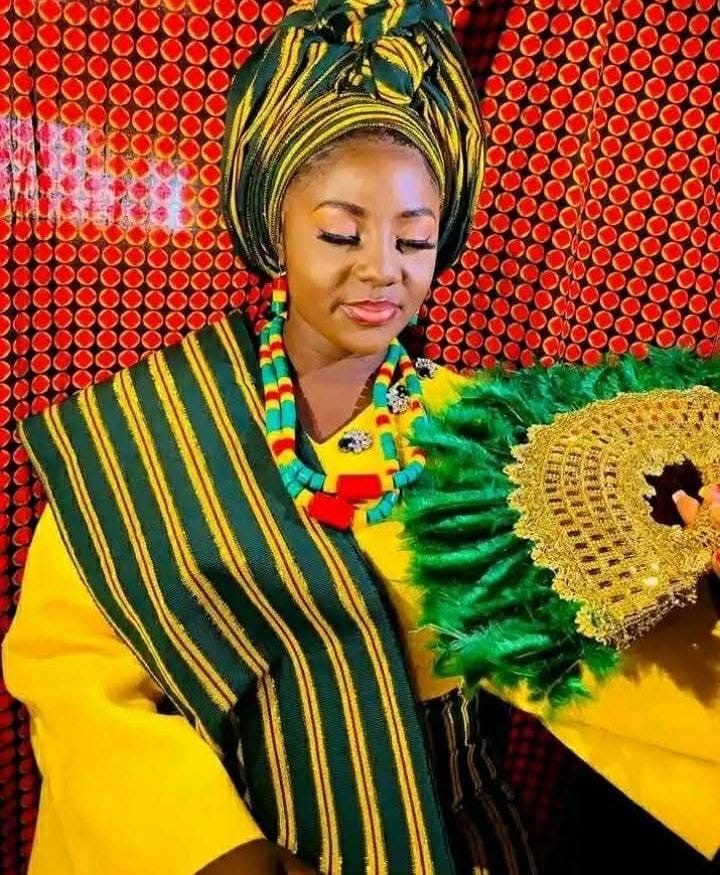
Where once the Guodo clothed dancers at festivals or adorned rituals, it now turned heads beneath city lights. Its rhythm remained familiar, yet its voice was boldly new. That evening marked more than a fashion show; it was a declaration that Plateau’s culture is not frozen in time but alive, evolving. Organizers promised more runways, more stages, more reinventions; where heritage would continue to speak in today’s fashionable language.

Culture in Motion
The showcase was not an end but a spark, an opening chapter in a vision that dares to place Guodo beside Kente, Adire, and Ankara on the global stage. Yet its strength goes beyond catwalks. It thrives in the daily choices of young people who stitch the fabric into dresses, cut it into jackets, or pair it with denim. It endures in the hands of weavers guiding threads across wooden looms, and in the quiet pride of Plateau natives who wear beads and colors as naturally as their names.
The loom never stops it has only learned to shine in new light. Culture never looked this good.

